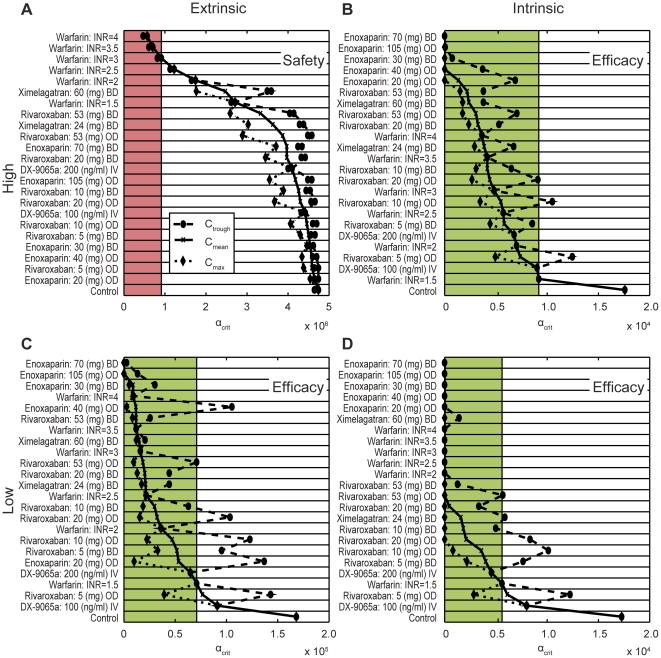Figure 3. Benchmarking of anticoagulants based on thresholds for blood flow-mediated washout using physiologically plausible trigger concentrations.
The dashed line and dots and the dotted line and the diamonds indicate the spread of the threshold for blood flow- and diffusion-mediated washout of a clot formation (αcrit, seconds; Methods) within the therapeutic concentration range (difference between Ctrough and Cmax); αcrit at Cmean is indicated by the solid line and crosses. The strong extrinsic trigger (TF 10−11 mol/l, seconds; Table 3) is considered as safety relevant (A). The (red) shaded area indicates safety-relevant prolongation of clotting times above the effect of warfarin titrated to an INR of 3, which is used as a safety reference. All therapies above the level of this therapy are considered safe. The other three triggers (B: Factor XIIa 10−11 mol/l; C: TF 10−14 mol/l; D: 10−14 mol/l) are considered as efficacy relevant. The effect of warfarin titrated to an INR of 1.5 is used as an efficacy reference and all therapies reaching inhibition above the level of this therapy, i.e. αcrit values below the reference level (green shaded area) are considered efficacious. BD, twice daily; Cmax, maximum concentration; Cmean, mean concentration; Ctrough, minimum concentration; INR, international normalized ratio; IV, intravenous; OD, once daily; TF, tissue factor.

